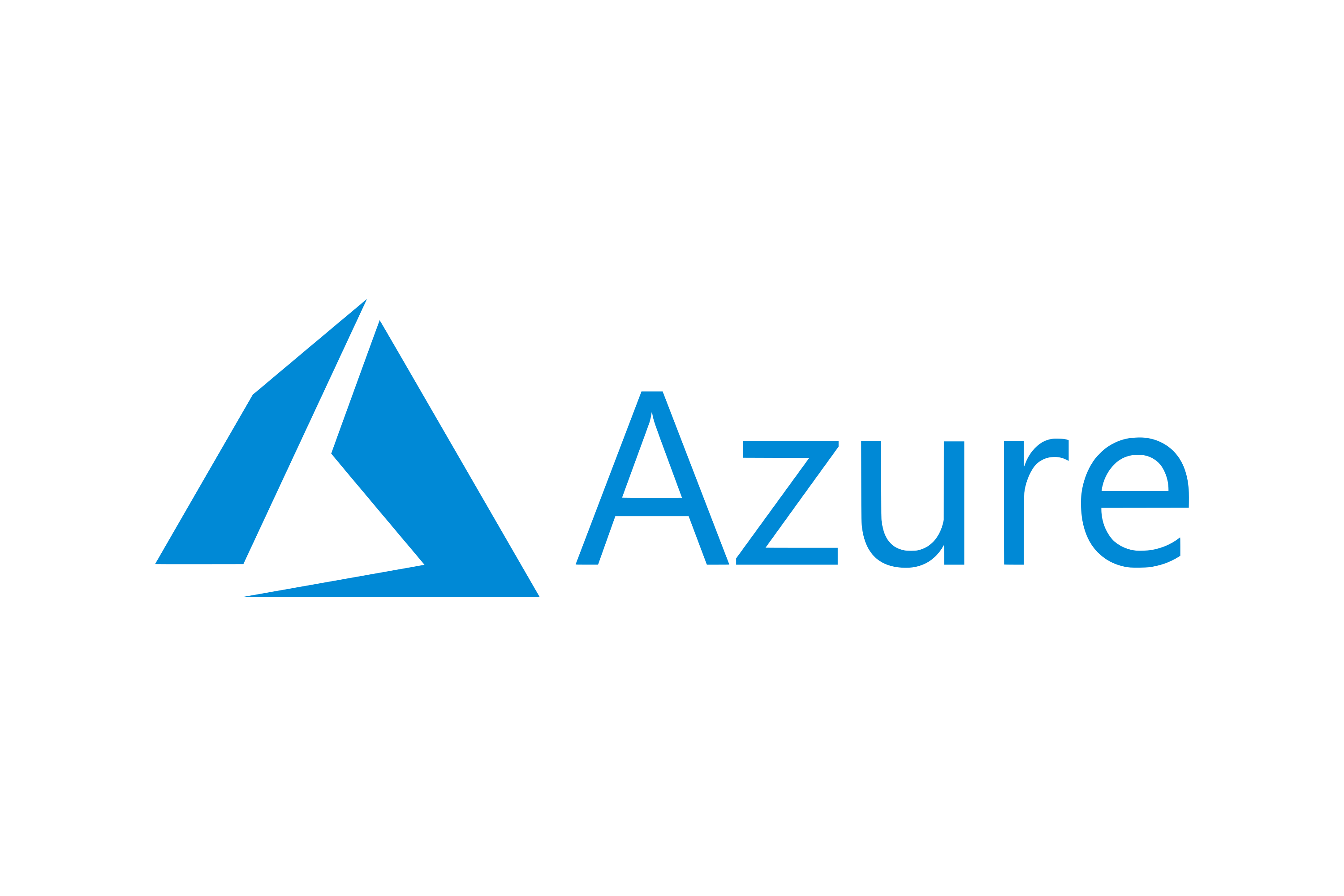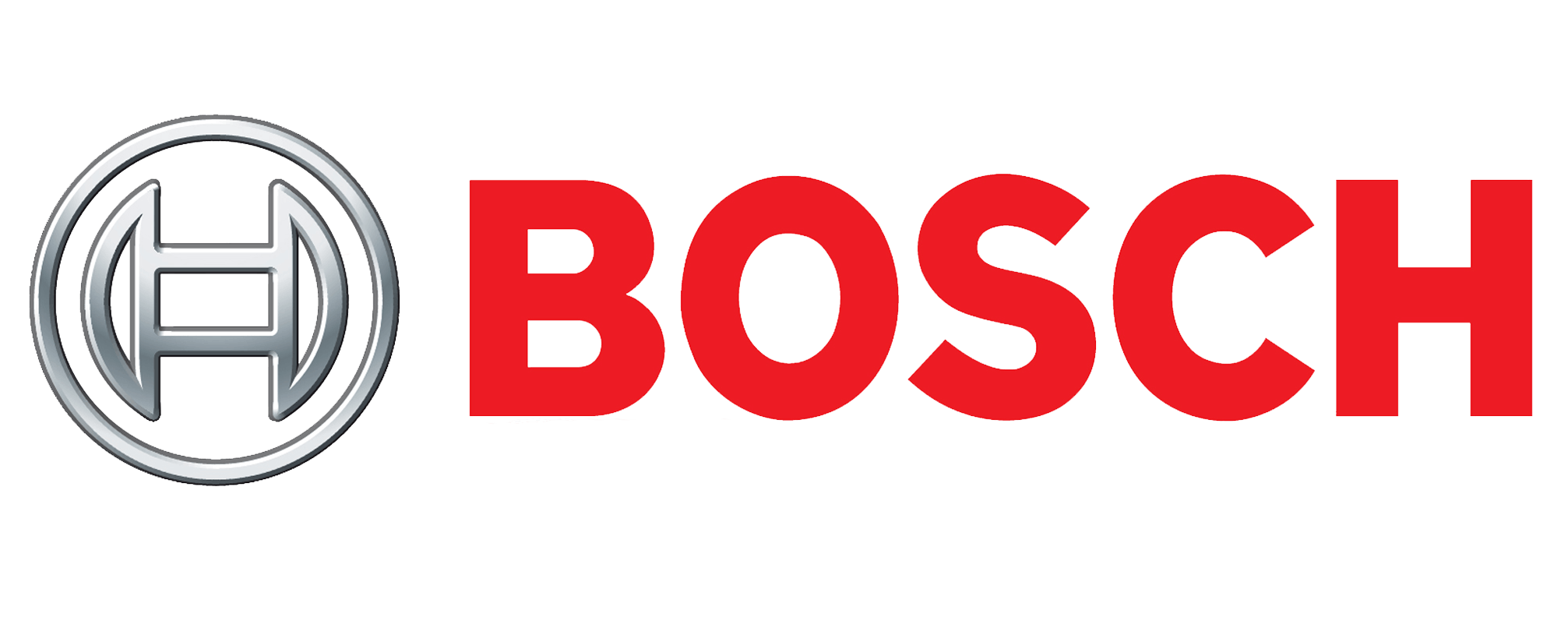Hello everyone,
In this article, we will discuss how Industry uses Azure Kubernetes Service. Before we get started with basic terminologies that will help us to understand the article better.
##Azure

Azure is a cloud computing platform created by Microsoft. It provides various services that we can be utilized to build, test, deploy and manage applications. For Detail
##Kubernetes

In simple terms, we can define Kubernetes as it is an Open Source container orchestration tool. It helps to automate application deployment, scaling, and management. For Detail
Azure Kubernetes Service ( AKS)

AKS is a service provided by Microsoft Azure that will help us to deploy a managed Kubernetes platform on Microsoft Azure without worrying about the underlying computer and management overhead.
##Industry use case of Azure Kubernetes Service
- Hafslund Nett

Hafslund Nett is a power grid operator that serves 1.5 million Norwegians. They determined that legacy systems for reading meter data needed higher capacity and that externally developed software.
The challenge that Hafslund face was that they were not able to manage the fully developed software so they chose to develop its own meter-system software, using Microsoft Azure as its cloud platform, Azure Kubernetes Service (AKS) to manage software containers, and Azure Monitor for containers to optimize container performance. Now Hafslund IT staff save time managing their improved systems, and customers benefit from higher reliability.
Chief Technology Officer of Hafslund says
We wanted a platform to speed development and testing but do it safely, without losing control over security and performance. That’s why Azure and AKS are the perfect fit for us.
Hafslund is implementing automated smart meters to promote energy conservation and gain valuable data-driven insight into how customers use electric power.
Chief Technology officer Ståle Heitmann says
By running containerized software in Azure, we have a standard way to create, monitor, scale, and manage our applications. We move and respond to customer needs faster. That’s what agility is all about
- Maersk

Maersk is a shipping company that needed to streamline IT operations and optimize the value of its IT resources. Maersk adopted Microsoft Azure, migrated key workloads to the cloud, and modernized its open-source software, which included the adoption of Kubernetes on Azure.
Maersk software engineers now spend less time on container software management and more time on innovation and value-added projects. The resulting business value is savings on resource costs, faster solution delivery time, and the ability to attract expert IT talent.
As part of its overall cloud migration strategy, Maersk chose Azure Kubernetes Service (AKS) to handle the automation and management of its containerized applications.
Head of Cloud Architecture of Maersk says:
Without Azure, it could be six months before we had the first server ready for developers on our Connected Vessel program. With it, we completed concepting, development, testing, and deployment in six months.
- Bosch

Bosh solves the problem of drivers going the wrong way on highways, the goal was to save the lives of peoples. They created the wrong-way driver warning (WDW) service and software development kit (SDK). Designed for use by app developers and original equipment manufacturers (OEMs), the architecture pivots on an innovative map-matching algorithm.
Bosch wanted to solve the problem of people driving in the wrong way on the highway so they developed an application for it but the problem they faced with the application was speed.
Bosch team assumed that devices emitting location information, such as smartphone apps and automotive head units, could eventually send thousands of data points to the solution per second, from all over Europe and eventually other countries. Bosch needed lightning-fast compute capable of filtering events and pushing a notification back to an end device within 10 seconds.
They decided to offload the work of scaling and cluster maintenance to a managed service in a public cloud with a global reach therefore they partner with Microsoft and the service that they used to solve this problem was the azure Kubernetes service.
The key was orchestration. By orchestrating the deployment of containers using AKS, Bosch would get repeatable, manageable clusters of containers. Bosch already had a continuous integration (CI) and continuous deployment (CD) process to use in producing the container images and orchestration. The result: increased speed and reliability of deployments.
In addition, by running their solution on Azure and AKS, the average time to calculate whether a driver is going the wrong way could be improved to approximately 60 milliseconds.
The tech lead of Bosch Hai Dang Le says:
Using AKS was a strategic decision. We looked for a managed orchestrator so we could offload the work of patching, upgrading, and production-level services. That’s why we chose AKS—and it’s a very open, flexible platform.
And that's how industry uses Azure Kubernetes service to solve their problem.
Thank you!!⭐

